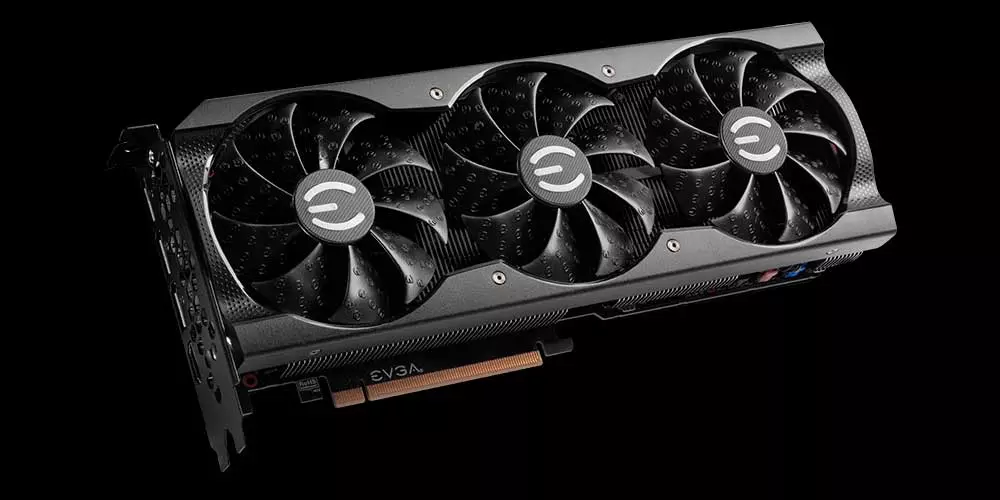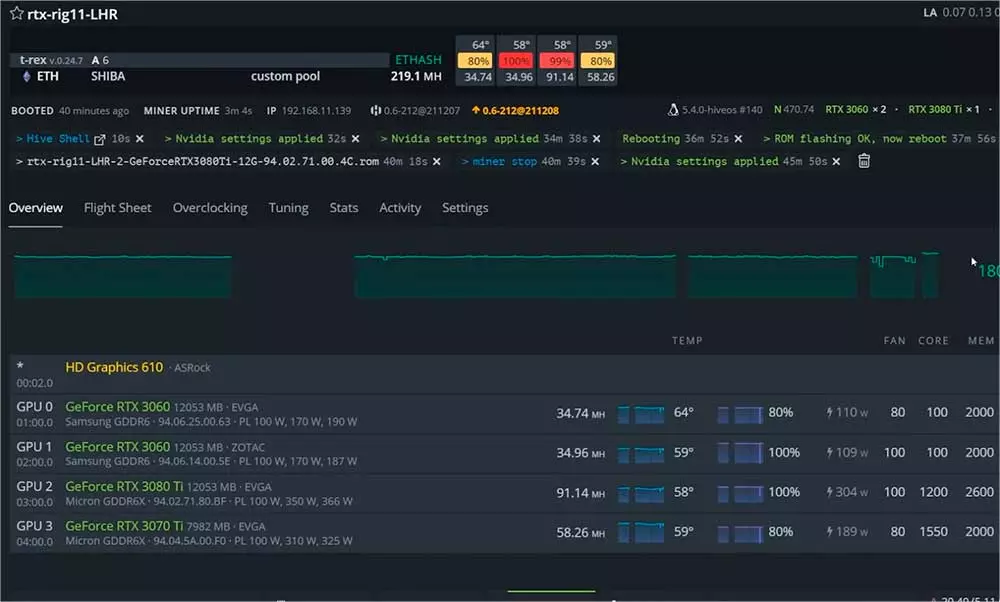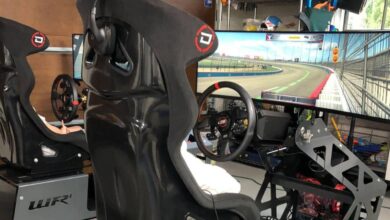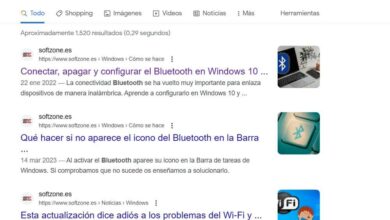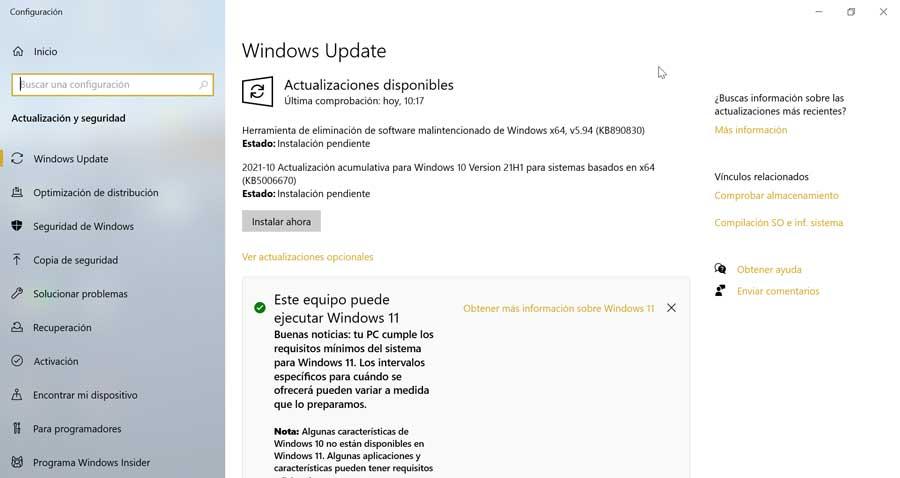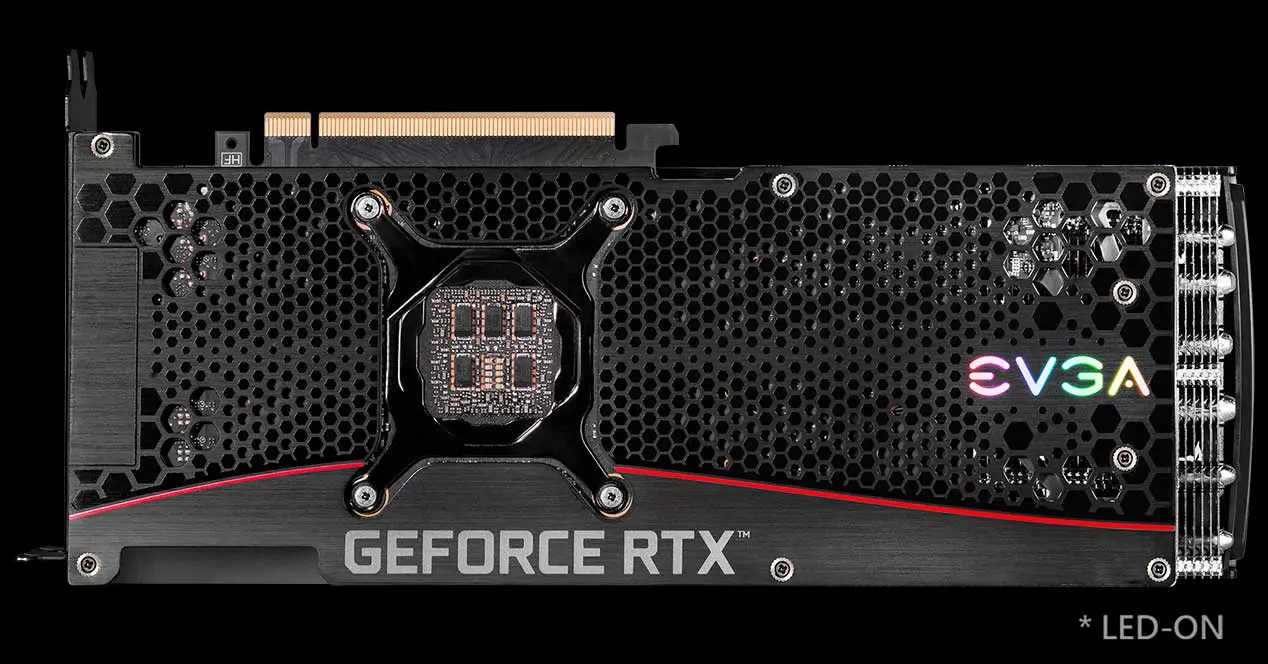
As we surely know, the new RTX 30 models that have been launched after the official presentation of the series have brought with them the tagline LHR by way of Low Hash Rate. Or what is the same, a limitation to reduce as much as possible the performance in cryptocurrency mining and thus focus the market again on the players. NVIDIA won the battle, but not the war and today we know that it has taken a step back from the mining sector.
EVGA removes the protection of its RTX 3080 Ti and opens the closure
It all started with the mining of cryptocurrencies from certain users, where they saw that their performance in hast rate was very low compared to other similar GPUs in frequencies. Apparently, the limitation of EVGA for its RTX 3080 Ti was to lower the clock when it detected periods of high load in its GDDR6X VRAM, something that is normal if we mine or render objects in 3D.
What the firmware of the card did is lower the speed of the core below 900 MHz if necessary, which made performance drop dramatically and incidentally did not affect any known game, so the objective of the brand and from NVIDIA was fulfilled, since the performance did not exceed 66 MH / s.
The problem is that a large number of users complained and as such EVGA released a firmware that corrected this for those users who required it, but with some nuances: it should be updated by EVGA X1 Precision, you have to disable the Fast boot in BIOS and support CSM as such for the flashing to be correct.
A 21% profit after unlocking
Once that was done, the performance was also restored for mining and the power limit would magically disappear, so a performance of approximately 80 MH / s (peaks of 91 MH / s), resulting in 21% more mining performance. Having seen the results, it has not taken time for many users to rush to update their RTX 3080 Ti with said vBIOS, but here the first problems arrived.
And it is that as we have always said, a vBIOS from a manufacturer can leave the graphics card with a brick in the best of cases and with a perpetual corruption of the BIOS chip in the worst of them, which would result in a benevolent RMA and In the event that the brand does not accept it, there will be an EEPROM reprogramming that could lead to a desoldering of the chip to do it correctly or a replacement of the same if necessary.
So if you are thinking of putting the vBIOS of this EVGA RTX 3080 Ti XC3 In a model that is not the one described, you have to know how to do it and be aware of the compatibilities and incompatibilities of the models if you do not want to have a nice paperweight.
